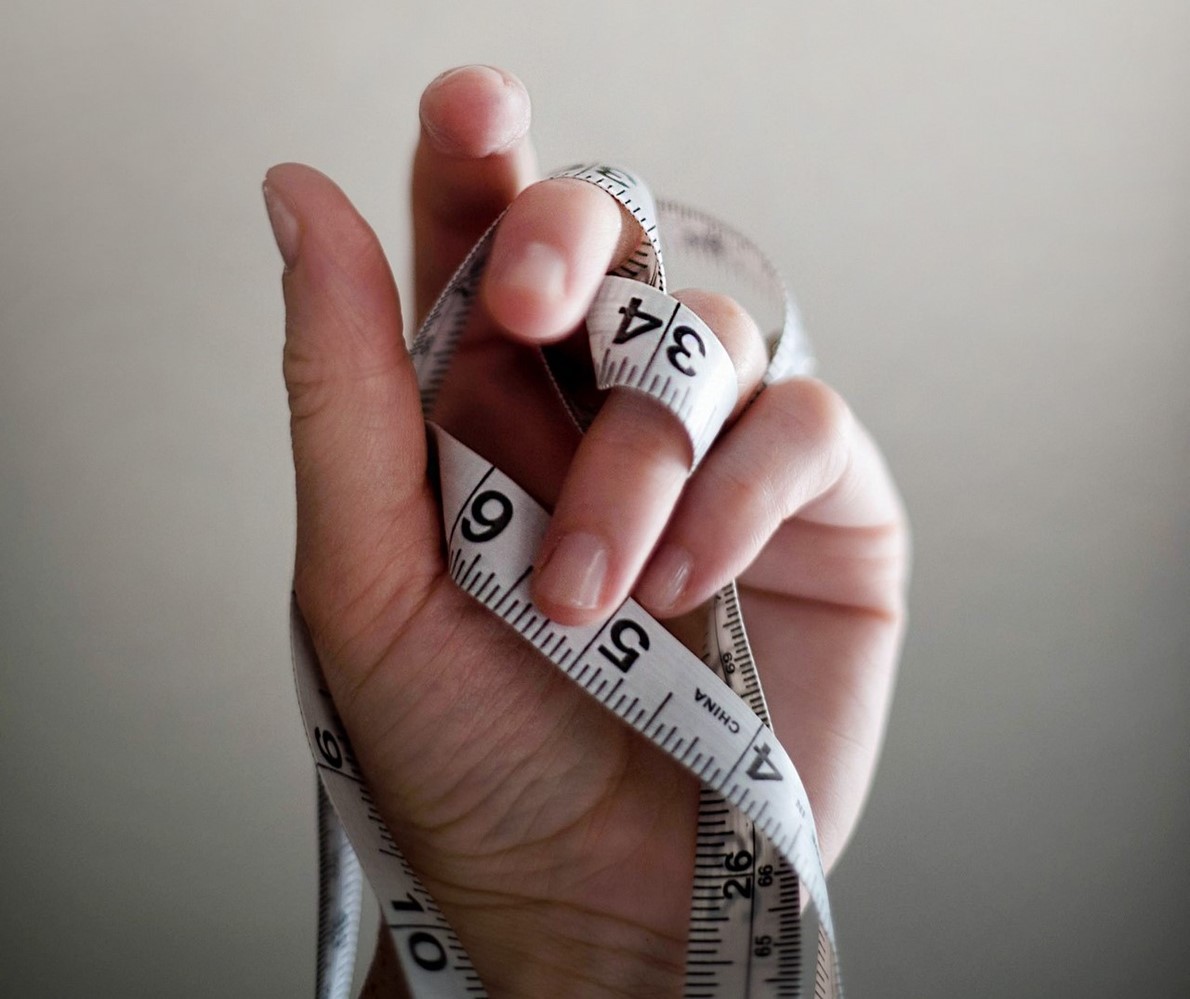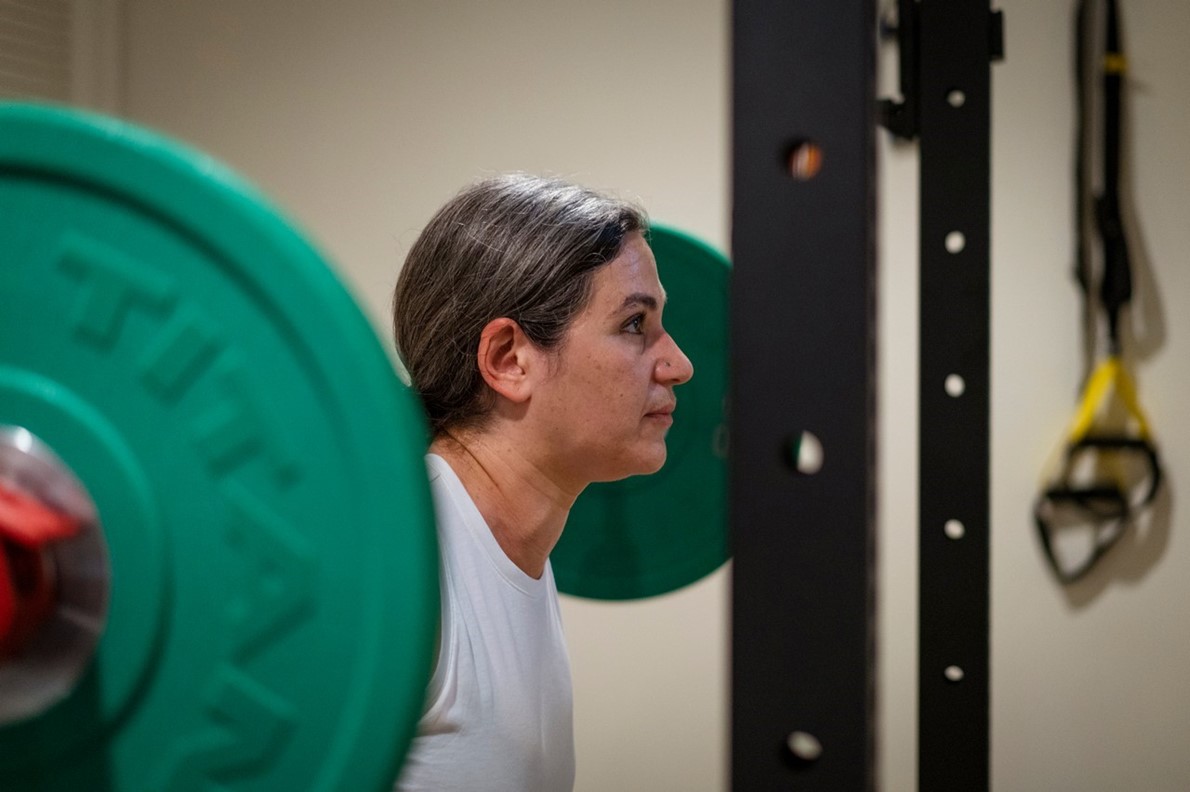Many people will attempt to go to the gym at least once in
their lifetime to better themselves. Whether the goal is to build
muscle or
lose weight, the fitness world can often be overwhelming.
اضافة اعلان
With many meal and fitness regimens available, each
claiming different benefits, it may become difficult to discern facts from
fads.
While the majority of different eating regimens
could be valid and beneficial, they ultimately depend on your overall goal.
Mostly, people go to the gym to lose weight and build muscle. Achieving this
will require a balance between two concepts known as cutting and bulking.
These two terms are often used in
gyms and serve two
distinct roles.
Cutting is when a person’s diet is in a calorie
deficit, but they are also trying to maintain as much muscle mass as possible.
The main purpose of cutting is to lose body fat. But, it also has other
benefits, such as improving insulin sensitivity and athletic movement. However,
during this period, it is common to experience slight muscle mass loss, a
decrease in bone mineral density, and less quality sleep.
Yet cutting remains an important aspect of fitness
and is usually done in the early stages of novice gym-goers, primarily for
those that are overweight.
Many of the negative attributes relating to cutting
can be avoided by ensuring that there is still an adequate intake of nutrients
such as vitamins, minerals, protein, and others. Once enough weight has been
lost, the bulking phase can begin.
Bulking is the process of consuming foods dense in
calories to promote muscle gain, strength, and bone mineral density.
However, during the process, it is not uncommon to
also experience weight gain, feelings of sluggishness, and decreased athletic
performance.
Metrics
The start of a person’s gym
experience can vary depending on their starting point. Those who are already at
a normal weight and looking to increase muscle mass can often go straight into
bulking.
However, the average novice is likely overweight and
may need to undergo cutting first. Regardless of the starting point, there are
two metrics of great importance.
The first measurement is body fat percentage.
Typically, body mass index is used to assess whether a person is in their
normal weight range regarding medicine and health.

However, body fat percentage is of greater concern
when it comes to fitness, even if you are considered normal weight.
The calculations for body fat percentage are long
and tedious to do by hand, but fortunately, many calculators are available
online. All you will need to do is fill out your gender, weight, height, neck
circumference, and waist circumference.
The result will be given as a percentage, and ranges
go as follows according to the American Council on Exercise Body Fat
Categorization:
| |
Women |
Men |
| Essential
Fat |
10–13% |
2–5% |
| Athletes |
14–20% |
6–13% |
| Fitness |
21–24% |
14–17% |
| Average |
25–31% |
18–24% |
| Obese |
>32% |
>25% |
Knowing your percent body fat serves to help
establish a baseline, which is used to assess how much weight
fat mass you
should lose during the cutting phase for those overweight. Secondly, it can
help monitor your weight gain during the bulking phase.
Although an increase in fat mass is normal during
bulking, it should be monitored to ensure your diet is appropriate. The
starting point for bulking varies from source to source, but generally, it is
believed that bulking should begin once an individual is at 10–15 percent body
fat in males and 20 percent in females.
The second important metric needed is determining
your maintenance calories. Your maintenance calories are the number of calories
you need to consume each day to maintain your current weight.
Again, calculating by hand is difficult, but online
calculators can give quick results. To determine your maintenance calories, you
must fill out your age, gender, height, weight, and activity level.
The result will give you the suggested calories you
need to maintain your current body weight. When it comes to cutting, sources
vary on the amount you need to reduce to stimulate weight loss.
Weight loss is highly variable from person to person
and depends on several factors such as body size, genetics, and fitness level.
This calculation serves as more of a guideline, and a discussion with a
nutritionist is recommended for any caloric adjustments.
Many of the negative attributes relating to cutting can be avoided by ensuring that there is still an adequate intake of nutrients such as vitamins, minerals, protein, and others.
For bulking, you need to create a 10–20 percent
surplus in caloric intake. This requires you to multiply your maintenance calories
by 110–120 percent.
Cutting
The cutting phase is
generally shorter than the bulking phase. On average, it will last between two
to four months but can vary depending on your starting point. Since the main
goal of cutting is to lose fat while preserving as much muscle mass as
possible, it should be done for the short period of time needed to reach your
goal.
Although the period for cutting is relatively
shorter, fat loss should be steady and gradual. Research suggests that 0.5–1
percent weight loss per week provides the optimal amount of fat loss while
maintaining muscle mass adequately.
To determine the appropriate amount of time and rate
of cutting, you will need to consult your nutritionist or trainer to give an
individualized approach.
Cutting will require you to change your diet, both
in terms of the types of foods you eat as well as the amount. You will still be
eating similar foods to that of the bulking phase but instead be cutting out
fatty meats, calorie-dense foods, excess sugars, and a majority of processed
foods.
Bulking
The duration of the bulking
phase depends entirely on your goals and should be highly individualized. Some
may last a month, while others may continue for six months or even more.
The bulking phase does require higher caloric
intake, but it does not mean you can eat whatever you want. You should still
ensure that you receive an adequate intake of nutrients, primarily protein.
Since bulking aims to increase muscle mass,
sufficient protein intake is important to promote muscle growth. Generally,
protein intake should be 1.6–2.2g per kilogram of body weight per day.
Additionally, you should be trying to aim for a 0.25–0.5 percent increase in
weight per week. If you have difficulty reaching this target, you may need to
add an additional 100–200 calories on top of the 110–120 percent increase.

During this time, high-intensity resistance training
should be maximized. Depending on your goals and preference, your diet can
include high sugar and fats, but as a general rule, saturated fats and heavily
processed foods should still be avoided.
Both cutting and bulking can have a major effect on
your physique and health, for better or for worse. As a result, you should
consult your trainer first before attempting either.
Read more Health
Jordan News



